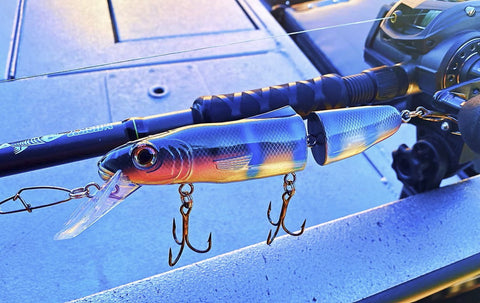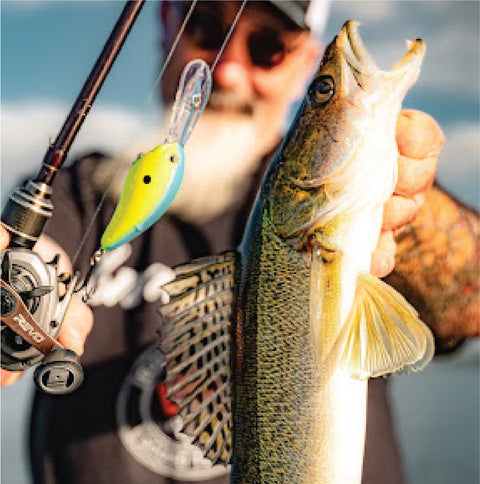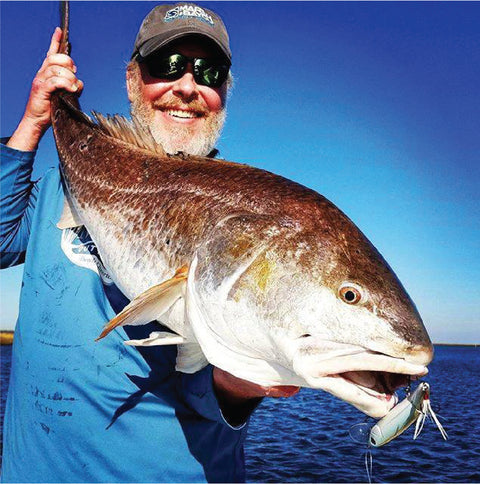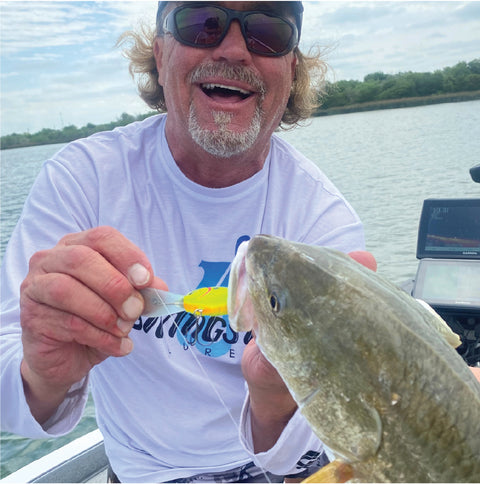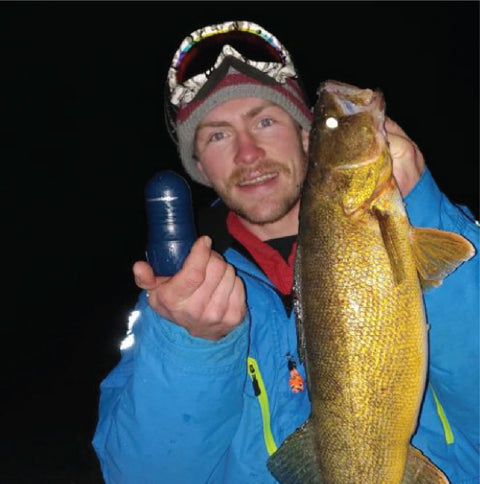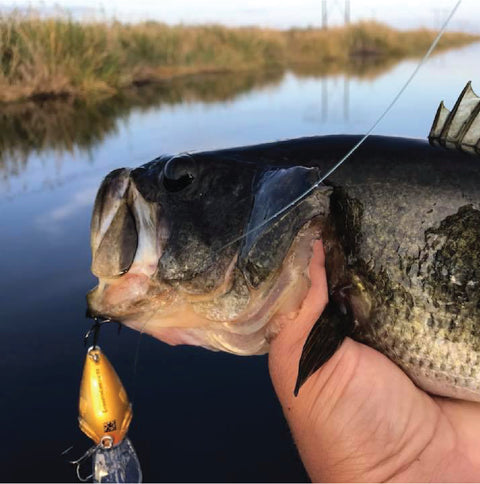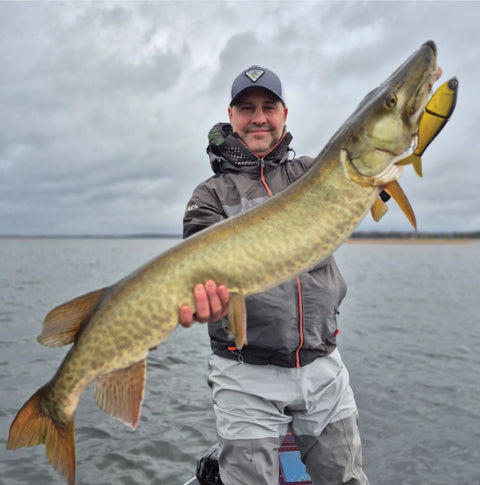Cold Water Bass: Spence Petros' Early Season Secrets
Spence Petros

Most bass anglers wait for the water temperatures to be in the 50-degree plus range before they start their hunt for Americans favorite game fish, but by then we have already caught a bunch including some of the year’s biggest large and smallmouth bass! It isn’t easy and requires patience, technique, and knowing when and where to fish, but I have been catching cold water bass on crankbaits for well over 40 years!
My initial introduction to this tactic started shortly after I edited an article by noted bass great Billy Westmoreland when I was the editor of Fishing Facts magazine. For those of you anglers that haven’t been around 25 plus years or more, we were the FIRST magazine that started bringing Buck Perry’s structure fishing concepts to the fishing public, with the In fisherman following a few years later. And Westmoreland, who may be the only angler to ever catch a 10- pound smallmouth and a 10- pound largemouth, was one of our many valued contributors.
Westmoreland’s article really got me thinking, if he was catching bass in cold water in the Tennessee-Kentucky lakes why couldn’t I do it up here in the southern Wisconsin lakes where I fish. Our standard cold-water method up here was slowly swimming or gently hopping lighter jigs along bottom with some type of cover, until the water hit the “magical” 50-plus degree mark. I started following Billy’s guidelines and many years later it evolved into one of my favorite bass-catching patterns until the water gets into the low 50’s for smallies and the mid 50’s for largemouth.
Slightly warmer water is a big plus to this technique. This means afternoons are generally better than mornings and sunshine is not your enemy. The best situation I can think of is a warm wind or sunshine hitting a particular shoreline then a little cloud cover moving in. That’s perfect but it doesn’t have to be like that. I usually find north and west shores to be best on natural lakes. Early to warm areas, shallower flats, wind protected bays, stumpy areas and rocks are big draws. Rocks can be scattered on a flat, extended on a point, or my favorite on a lake that has piers taken out in the winter and sun absorbing rock-wood foundations remain underwater that heat up and draw bass, and often in as shallow as a foot or two of water. Any dark object in the water will have the water around it a few degrees warmer on sunnier days so it’s worth a few casts.

At this time of year my go to lure is a suspending or slow-sinking jerkbait. I have used many types, but my favorite is the Livingston JerkMaster 121 c. This model is used for the shallower cover while the JerkMaster121 deep plus is for when you want to get down into the 8-12 foot range. With this cold-water technique, it is VERY IMPORTANT that the lure is paused between every twitch or pull. And this lure was developed to emit various distressed baitfish sounds while it’s being fished. So during the pauses when a fish is thinking about it, this extra motivation can be a big plus. I usually prefer several colors on crank baits, something brownish like perch and something flashy such as Money Clown or Beauty Shad.
I generally fish these lures on a spinning rod, something around 7 foot. There are two types of line that I will use, a fluorocarbon 6-10 pound test (depending on water color and cover) and a braid with a 6-7 foot fluorocarbon leader. Braid is usually 10-12 pound test and leader again is 6-10 pound test. I like braid with a fluorocarbon leader most of the time, but braid floats and you may not get as deep, but the big difference is that it gives the lure a little different action especially when giving the lure a pull stop action. It makes the retrieve a little more aggressive, and I have seen when that makes a big difference. When using the slow twitch with pauses it doesn’t seem to make as much difference. Have one angler use braid and the other fluorocarbon and see if it makes a difference. In spite of the slow presentations, you will often find that a second or third cast to the exact same spot with often produce the strike. If you don’t believe me, you will probably see on certain days that the second or third person in the boat is catching the most fish. This is one of the most important things I learned from the Westmoreland article years ago, how his partner would often out fish him till he figured it out. This actually happened to me by two pretty experienced anglers that caught the most fish, but I wanted them too.
Although this is a slow, meticulous retrieve, the strikes can be smashing! I don’t know if this is because I am getting older and appreciating it more or, the little squeaks and peeps coming out of the Livingston lures are getting them a little more P.Oed! Whatever it’s working and it hasn’t even got into bass-catching weather yet!
Spence Petros is one of North America’s most versatile and well-respected anglers. Author, fishing educator, tournament angler, tackle designer and veteran of over 125 television shows, including three years on ESPN’s national show “the Outdoor Writers”.
In 1989 Petros was inducted into the National Fresh Water Fishing Hall of Fame, and is listed among the “Living Legends of American Sportfishing”, a book authored by Larry Colombo profiling 100 of the top people in the sportfishing industry.
Spence was editor of Fishing Facts magazine for 22-years and now writes regularly for some of the top fishing magazines in North America which include North American Fisherman, Midwest Outdoors, Fishing Facts, Bassin’, Crappie Magazine and Musky 360.


